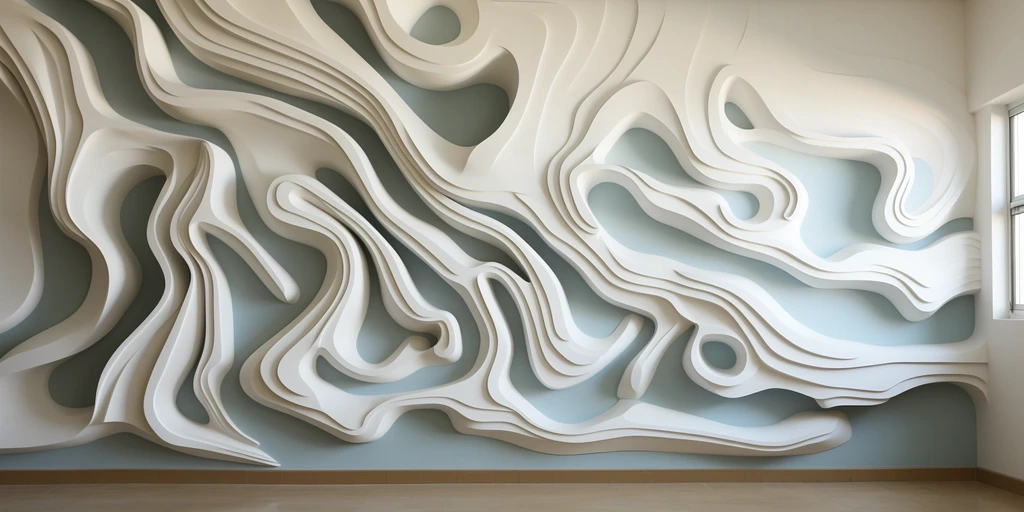Minimalism in Method: Efficient Techniques for Producing a Well Balanced and Intentional Home Environment
The method of minimalism provides a structured technique to cultivating a home setting that reflects intentionality and equilibrium. By using strategies such as methodical decluttering and the "one in, one out" rule, individuals can not just reduce excess but also improve their mindfulness concerning product ownerships. Moreover, integrating multi-functional furniture and routinely reassessing belongings contributes to an area that reverberates with individual values. The journey towards preserving a minimal lifestyle involves even more than just these approaches; it increases essential inquiries regarding how we specify need and the duty of our environments in shaping everyday experiences.
Understanding Minimalism
Minimalism, commonly misinterpreted as mere simpleness or a lack of ownerships, incorporates a profound philosophy that motivates individuals to pare down their lives to what absolutely matters. At its core, minimalism has to do with willful living, fostering a much deeper link with oneself and the surrounding atmosphere. This way of living advocates for the elimination of excess, allowing individuals to focus on necessary worths, experiences, and relationships.
The minimal technique prolongs past physical belongings; it encourages individuals to evaluate their dedications, habits, and psychological clutter. By focusing on high quality over amount, minimalists look for to develop spaceâEUR" both essentially and metaphoricallyâEUR" of what truly improves their lives. This ideology promotes mindfulness, prompting people to participate in thoughtful decision-making regarding their time, sources, and power.
Understanding minimalism needs an appreciation of its transformative potential. Eventually, minimalism serves as a pathway to greater satisfaction, urging people to straighten their lives with their core worths and ambitions.
Decluttering Your Room
A chaotic setting can substantially influence mental quality and overall well-being. To cultivate a orderly and calm living room, it is vital to take part in a complete decluttering procedure. Begin by reviewing each room systematically, recognizing things that no longer serve an objective in your life or line up with your worths. This procedure needs honesty and discernment.
Tackle one location at a time to stay clear of feeling overwhelmed. Begin with smaller spaces, such as a cabinet or an edge of a space, and gradually development to larger locations. As you sort with possessions, classify products into 3 teams: keep, contribute, and throw out. This technique not only simplifies decision-making however additionally streamlines the decluttering process. Minimalism.
Once finished, take into consideration executing a "one in, one out" guideline to avoid future accumulation. By developing a mindful method to your ownerships, you produce an even more deliberate living room that fosters clearness and improves your total quality of life.
Curating Your Items
Curating your items entails a willful and thoughtful method to what you select to maintain in your life. This process begins by reviewing each product based upon its energy, nostalgic value, and aesthetic appeal. By asking vital questionsâEUR" such as whether a thing serves a purpose or brings you joyâEUR" you can make educated choices about what absolutely deserves an area in your house.
To properly curate your items, consider developing groups. Team things by feature, published here belief, or regularity of usage, which can help clarify their roles in your day-to-day live. This method not just improves the option process however also cultivates a deeper recognition for the personal belongings you pick to retain.
When you have identified your most valued products, concentrate on showing them in a means that enhances their value. Thoughtful plan can change everyday things into significant focal points, adding to a willful and peaceful environment.
Inevitably, the objective of curating your belongings is to cultivate a space that shows your worths and way of living. By focusing on high quality over quantity, you produce an unified ambience that advertises mindfulness and health in your home.
Designing for Capability
Designing for capability calls for a keen understanding of how room and items communicate within your home. Each product should serve a function, boosting not just the visual quality of the environment however additionally its functionality. Start by examining the key features of each area. For circumstances, the kitchen area must help with food preparation and meal prep work, while the living space must advertise leisure and social communication.

Think about the flow of movement within each area, permitting all-natural changes between areas. This can be attained through open layouts or tactically positioned furniture that urges circulation.
Using upright space can additionally boost capability; mount racks or wall-mounted storage to keep floorings clear. Stress the relevance of lights, as it can considerably impact how functional a space really feels. By focusing on energy and simplicity, you can produce a harmonious living setting that sustains both day-to-day activities and personal wellness.
Preserving a Minimalist Lifestyle
Developing a practical room is just the very first step toward embracing a minimal way of life; the challenge exists in keeping that simpleness in time. To sustain a minimalist method, routine analysis of valuables is crucial. This entails a routine review of products to establish their need and utility. Taking on the "one in, one out" rule can successfully protect against build-up; for every single brand-new thing presented, an existing one must be eliminated.
Another crucial facet is mindfulness in consumption. Being deliberate concerning purchases aids prevent impulse buys that can mess both physical and psychological room. When buying, think about whether a product includes real worth to your life or lines up with your minimal objectives.

Last but not least, develop an encouraging atmosphere by bordering yourself with similar people who value minimalism (Minimalism). Taking part in conversations or getting involved in minimalist neighborhoods can provide motivation and accountability, making certain that simplicity remains a core principle in your life
Conclusion
In final thought, the technique of minimalism fosters a well balanced and willful home atmosphere via methodical decluttering, thoughtful curation of possessions, and the prioritization of find functionality in layout. By embracing techniques such as the "one in, one out" rule and engaging with encouraging communities, individuals can maintain a minimalist way of living. This method not just lowers excess but likewise boosts mindfulness, ultimately adding to an extra deliberate and significant living experience.
Incorporating multi-functional furniture and consistently reassessing belongings contributes to a room that reverberates with personal worths. By establishing a mindful strategy to your properties, you create a more deliberate living area that promotes clearness and improves your overall quality of life.Designing for capability requires an eager understanding of exactly how space and things communicate within your home.Producing a functional space is just the first step towards accepting a minimal way of living; the obstacle exists in maintaining that simplicity over time. Being intentional about purchases aids prevent impulse acquires that can clutter both physical and psychological area.